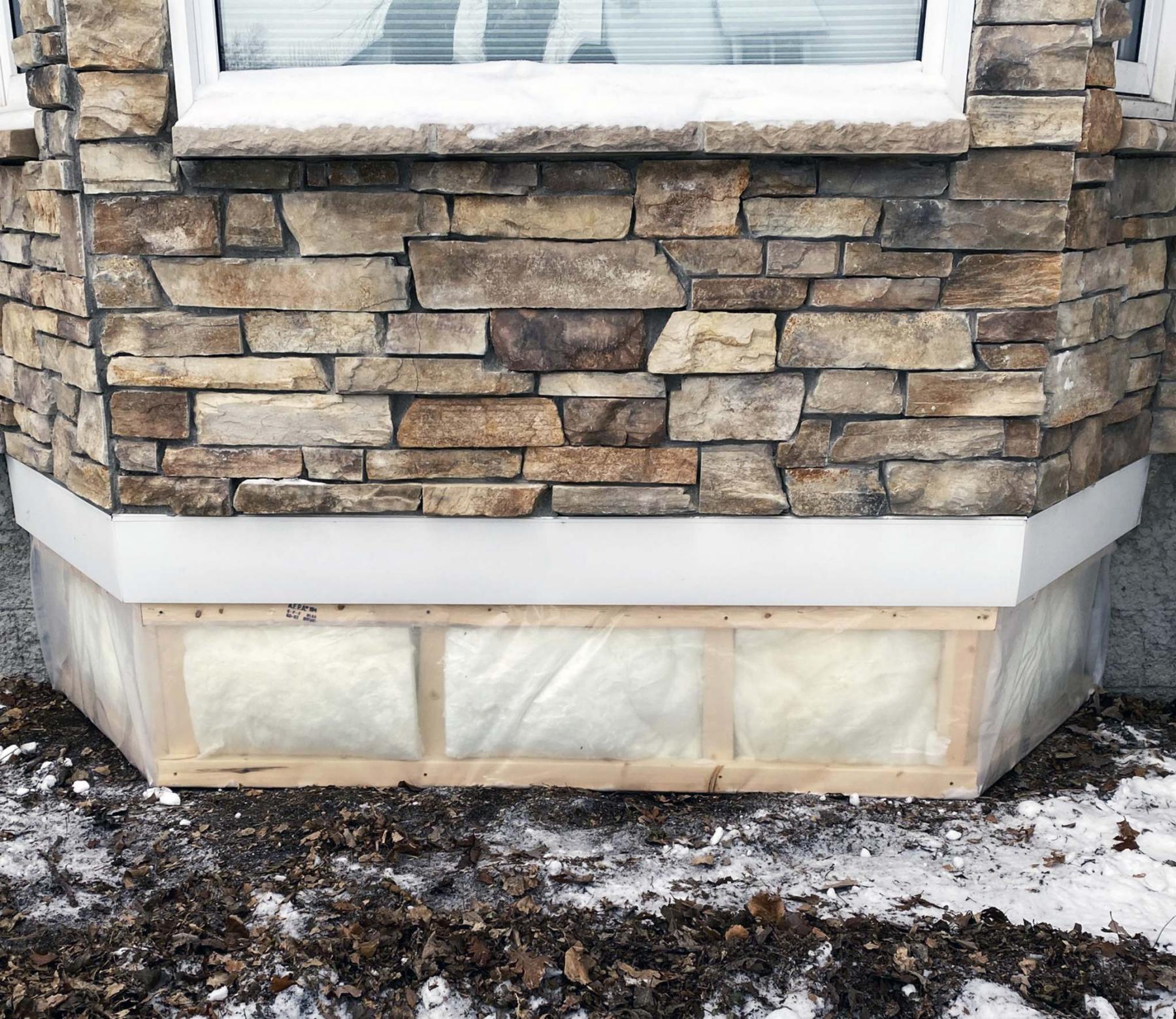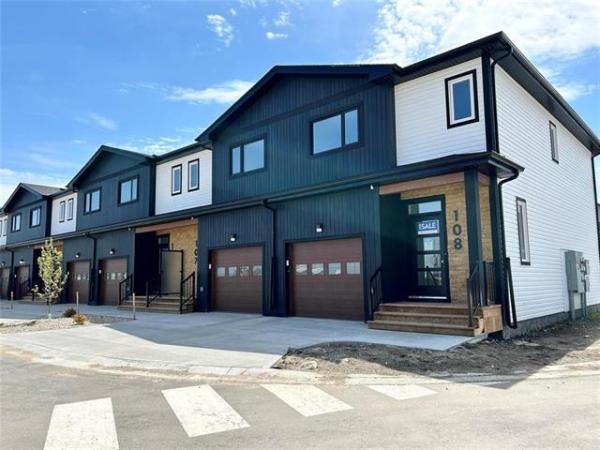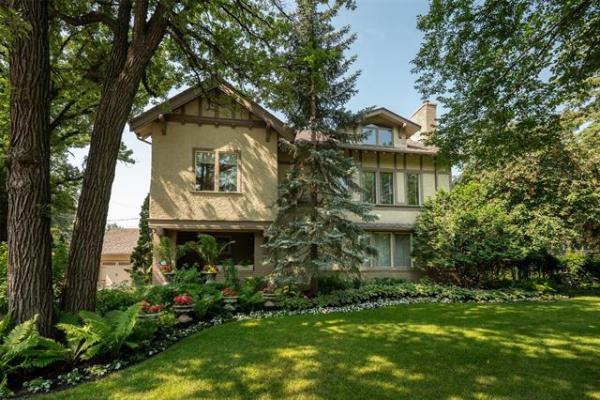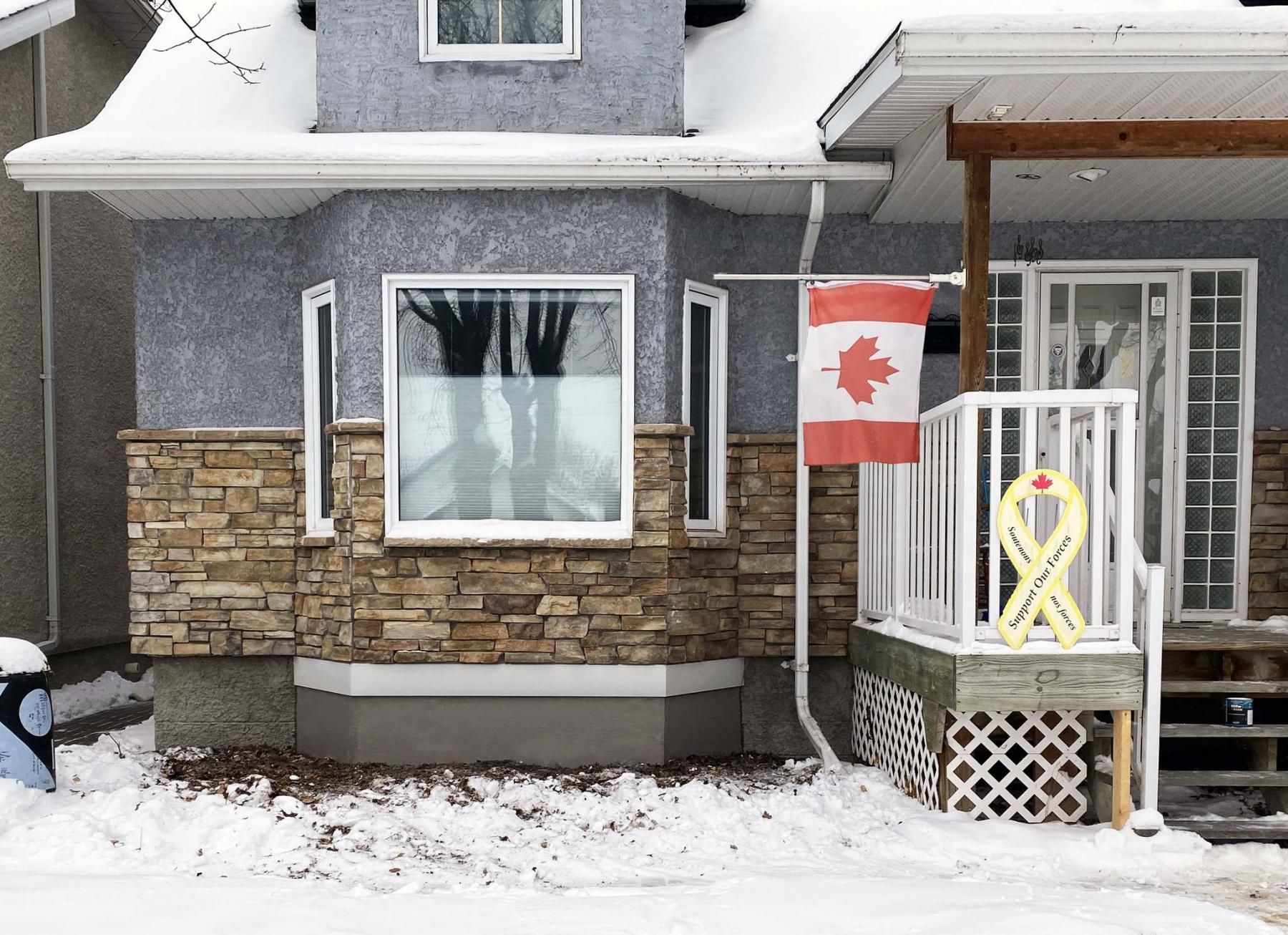
Photos by Marc LaBossiere / Winnipeg Free Press
By installing matching grey treated plywood panels below the bay window, the project successfully eliminated the cold interior, while seamlessly blending in with the existing exterior.
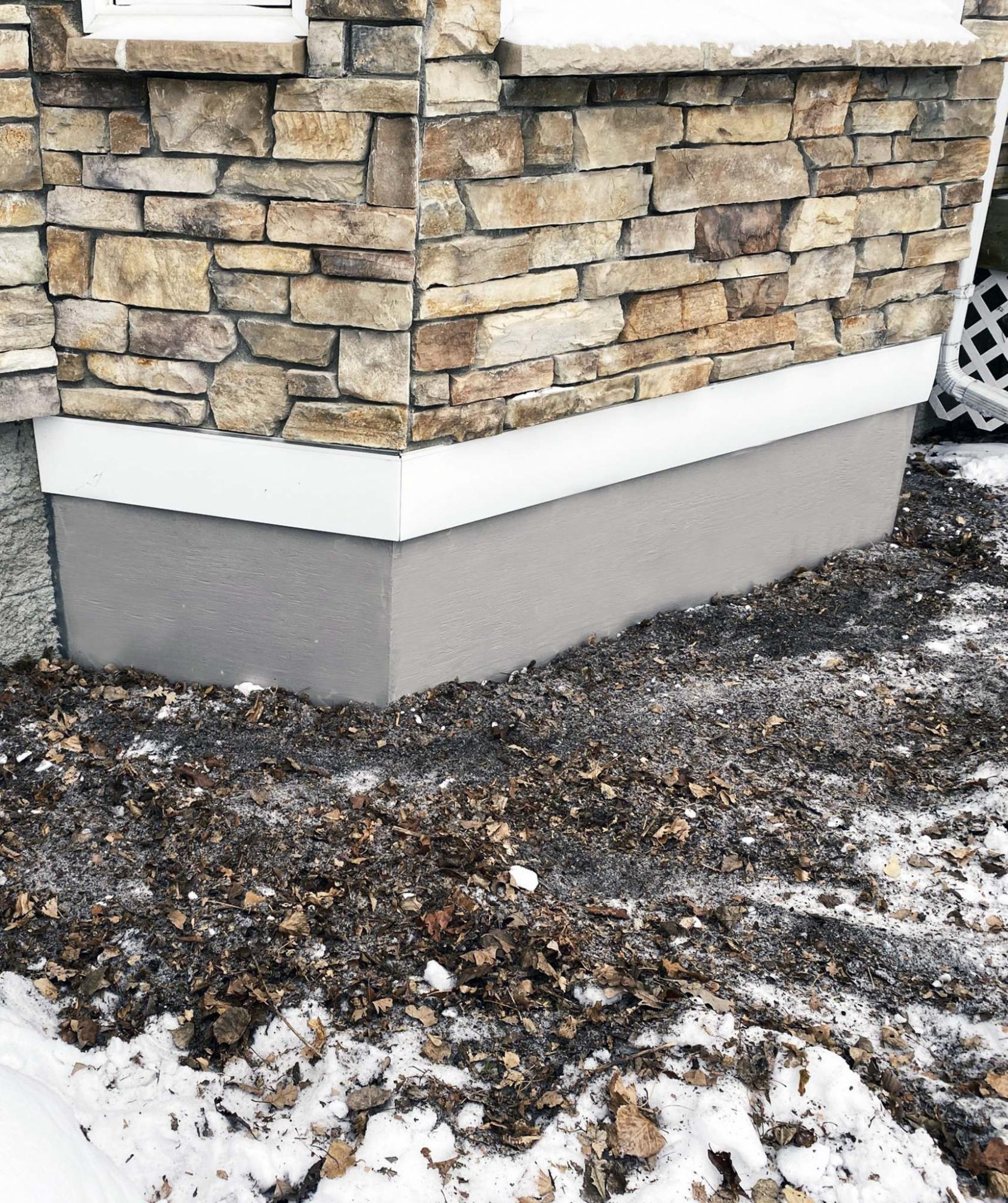
Due to cold outdoor temperatures the plywood was painted indoors the night before installation.
Winter temperatures often reveal where cold air unwantedly breaches a house. Sometimes it’s through a failing window seal, or maybe it creeps down from the attic due to insufficient insulation. No matter the reason, energy is wasted and rooms can become uncomfortably chilly.
Sometimes a simple design feature may by the culprit. A long-term solution that doesn’t include supplemental heaters and doesn’t break the bank can often be implemented quickly and easily.
The bay window is an external facade feature with plenty of curb appeal which also produces an esthetic little nook inside the room the is found in. Whether the buildout below the window simply adds square-footage to the room, or maximizes seating with a built-in bench with storage, this feature has been a popular choice for homebuilders for many years. Unfortunately, when the bay window is cantilevered by design, the winter months can render this area unbearable — it just gets too cold near the window.
Back in my days in the road safety industry with the Province of Manitoba, when my students were asked why roads were more likely to freeze over a bridge before the rest of the roadway, this question always received a variety of answers.
Although some of the responses were quite creative, rarely did anyone answer correctly. In a nutshell, a bridge allows air to flow both above and below the road surface, quickly changing its surface temperature. On main roads, the air above the roadway will of course affect the surface temperature, but much more slowly because the ground below the roadway retains heat, which slows the rate of temperature change.
A cantilevered bay window acts somewhat like a bridge, allowing air to flow beneath it, unlike other areas of the house. As a result the rate of temperature change is faster in this area and makes the bay window nook always seem cold. The good news is there’s a simple fix — and it won’t affect the curb appeal.
At a client’s house a few weeks ago, extreme cold temperatures had prompted an immediate response. The bay window is cantilevered over a seven-foot length, with a two-foot depth. The face of the house is finished with stone. The installer had fashioned a white fascia that matches the eaves and downspouts below the stone as a border along the cantilevered lower edge, at a height of about 18 inches above the ground. To eliminate the air flow below the bay window structure, a thick poly vapor barrier was first laid on the ground before 2x3 framing was secured along the perimeter of the bay window build-out at an inset of about two inches. The entire cavity was filled with insulation, and the vapour barrier was wrapped up towards the edge nearest the white fascia and fastened with staples. Tuck tape was then used to ensure the entire cavity was sealed.
Because the project occurred in January, it was clearly not possible to paint successfully outside. As a result 5/8-inch pressure-treated plywood was painted indoors the night before, using a high-grade exterior paint that closely matches the existing grey stucco along the lower perimeter of the house. The plywood panels were cut and mitered on site and fastened to the framework with three-inch deck screws. All seams and screws were then caulked with a matching grey. This project eliminated the cold area along the bay window inside the house, and the grey decorative panels seamlessly blend in with the existing features of the house’s exterior.
Every winter the homeowner’s acknowledged this project must be tackled, but assumed it couldn’t be accomplished in cold weather. Come spring, then summer, the issue drifted away until the next frigid season, when the persistent wintry reminder returned.
Although working in the cold wasn’t ideal, it was satisfying to bid farewell — and good riddance — to that chilly bay window.
BossEnterprise@outlook.com

